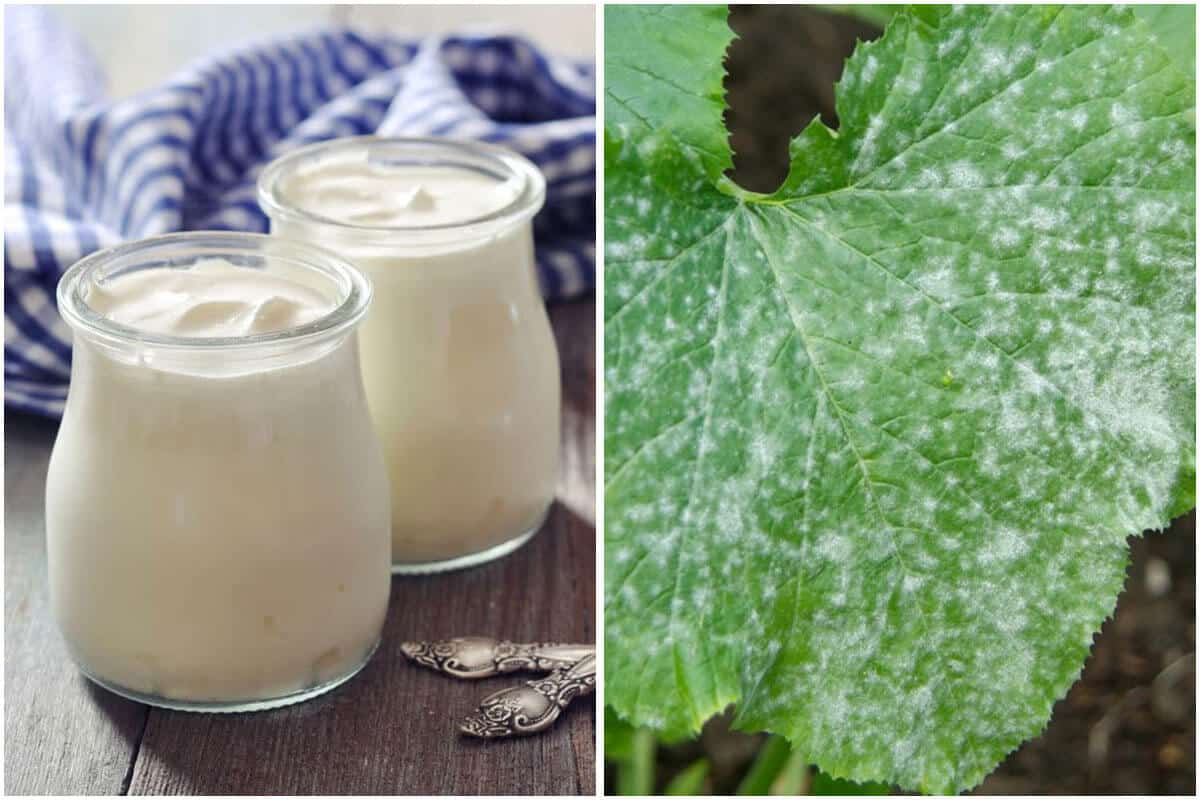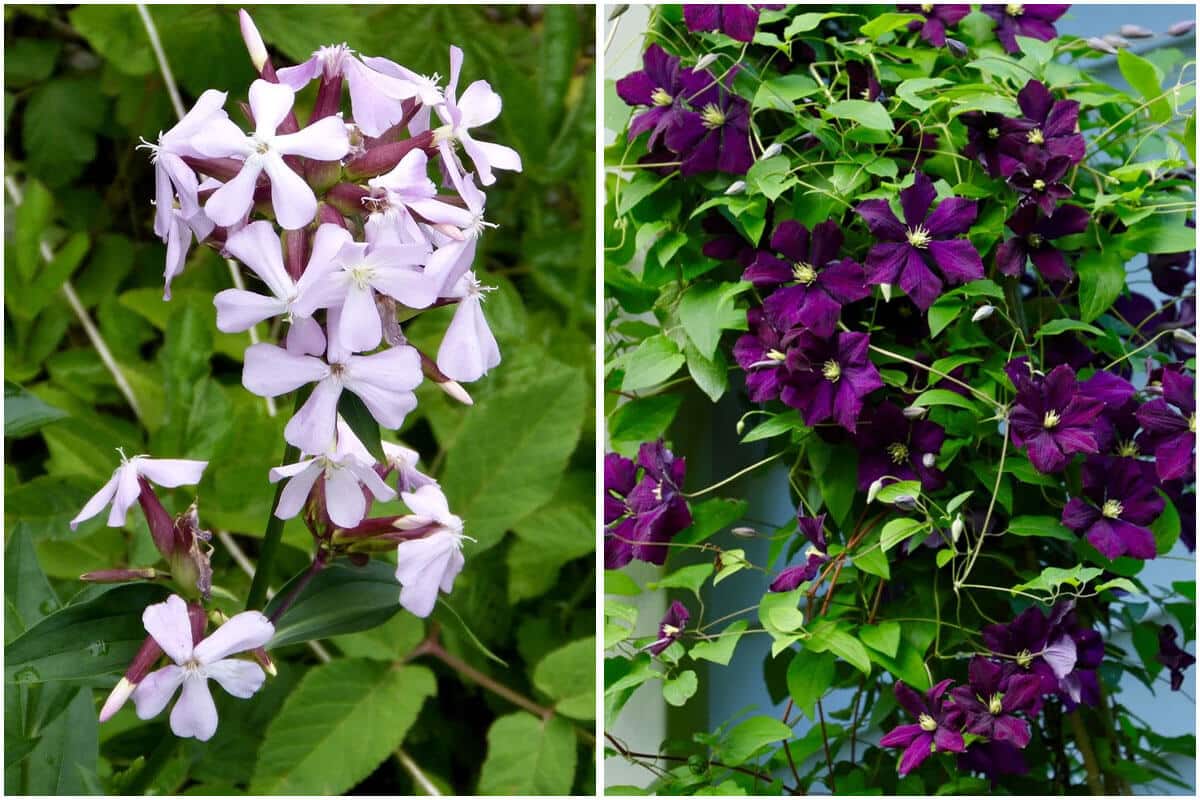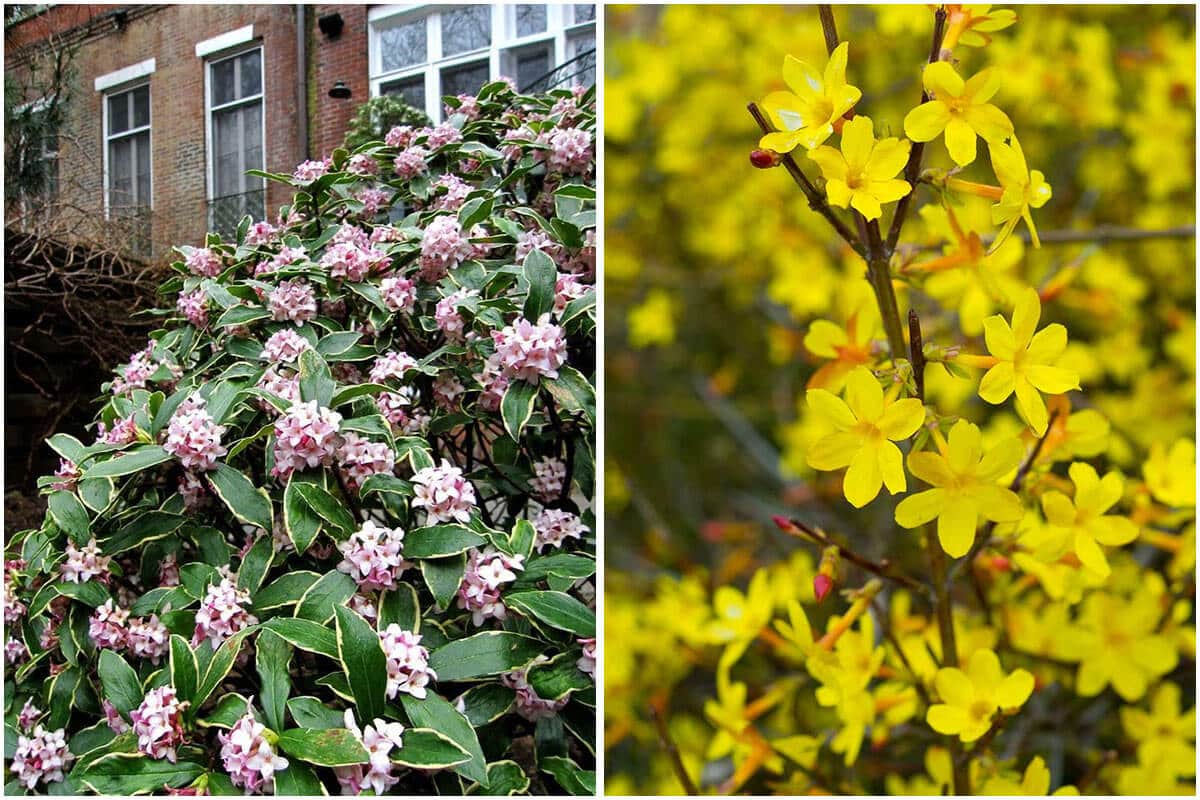Being able to grow your own orange trees not only give you a great experience but also give you the best organic and sweet fruits that you can eat right in your garden. But growing them is a careful and rigorous process because there are lots of diseases that affect your orange tree. In order to get a harvest as you want, understanding all diseases with following the correct treatment procedures represents an essential aspect of caring that you should have.
And in the post today, we will share the 12 most popular orange tree diseases in particular and citrus tree diseases in general as well as some ways to control them. By preparing these useful pieces of knowledge, you totally can avoid or get rid of these problems. So, keep reading to find out how to maintain your citrus trees healthy and keep strong control of various diseases.
#1 Citrus Canker

Citrus canker is a highly contagious bacterial disease caused create yellow halo-like lesions on the fruits, leaves, and twigs on the tree. If left to spread, citrus canker causes leaf loss, blemished fruits, and even the death of the tree. You can a liquid copper fungicide to protect your citrus trees against citrus canker. However, infected trees need to be removed.
#2 Sooty Mold
Sooty mold is a fungus that blackens the leaves of your citrus trees. You can eliminate sooty mold with liquid copper fungicide.

Sooty mold is a fungus that blackens the leaves of your citrus trees. You can eliminate sooty mold with liquid copper fungicide.
#3 Root Rot

Root rot is often called brown rot that causes dark brown patches on the tree’s bark. Root rot causes the fruits to brown and decay. Remove infected leaves and fruit when it falls to the ground, and prune branches that might touch the ground to prevent infection and spray it with a fungicide.
#4 Melanose
Melanose causes scabbed fruit rind and leaves, but it doesn’t affect the fruit quality. It most often infects grapefruit trees, it simply looks unsightly. You also can use a liquid copper fungicide as a treatment method.

Melanose causes scabbed fruit rind, but it doesn’t affect the fruit quality. It most often infects grapefruit trees, it simply looks unsightly. You also can use a liquid copper fungicide as a treatment method.
#5 Greasy Spot

Greasy spot disease causes leaf loss, especially in the winter, and infects the rinds of the fruit, especially in grapefruits. To prevent and control, you need to collect and remove fallen leaves to reduce the spread of the spores. To get rid of them, spray with liquid copper fungicide.
#6 Citrus Whitefly

Citrus Whitefly is a tiny insect, and it’s typically found on the underside of the leaves on your citrus trees. If you have a bad infestation, you might see the honeydew dripping from the leaves, attracting other pests. Using insecticides for citrus whiteflies can control them.
#7 Citrus Bud Mite

Citrus Bud Mite attacks and infests lemon trees. You can control infestations using targeted citrus pest sprays.
#8 Aphids

Aphids are one of the most common citrus tree pests, but they typically cause little damage to your citrus trees.
#9 Brown Soft Scale

Brown Soft Scale is another one of the most common citrus tree pests. These pests suck the sap from the plant, causing the leaves to turn yellow and drop off. You can use a horticultural oil to control the scale insects, it suffocates the pests and eggs.
#10 Orange Dog Caterpillars

Orange Dog Caterpillars is a large caterpillar with an orange-brown color. It attaches to the tree, eating the leaves. You repel them by your hand and kill them. Another way, drop them in hot soapy water because they release a nasty smell if you squish them.
#11 Citrus Thrips

Citrus thrips make shriveled leaf buds and curled, distorted leaves that have a silvery appearance. Citrus thrips also cause scabbing and streaking on the fruits.
#12 Citrus Scab

Citrus Scab produces spots on leaves and fruits and affects the appearance of the fruits with corky groupings of pustules. One of the best solutions for controlling this disease is to rely on copper sprays. You should apply the spray at around half the petal fall.





